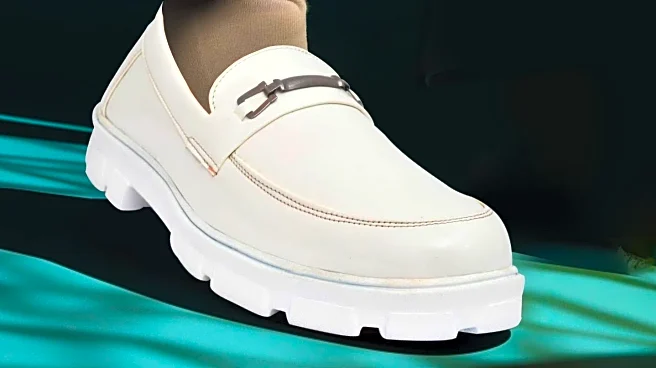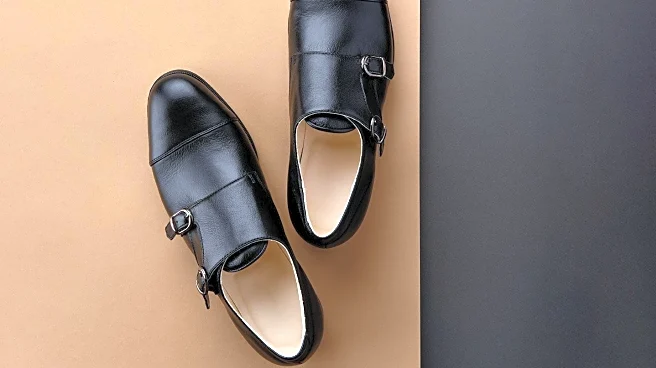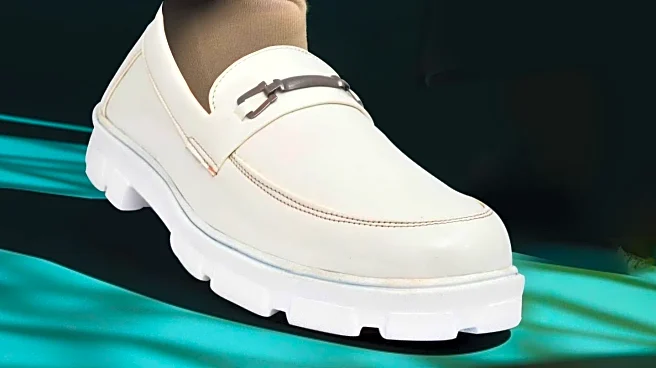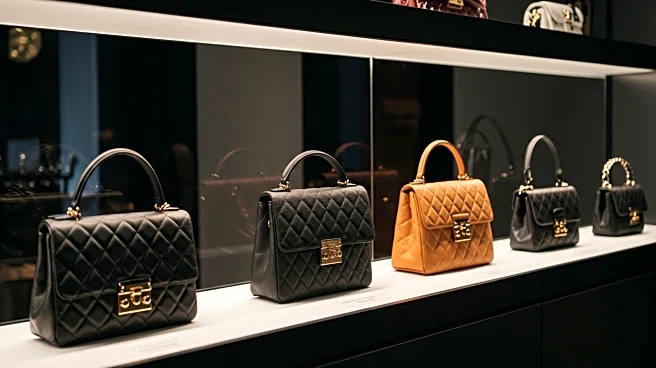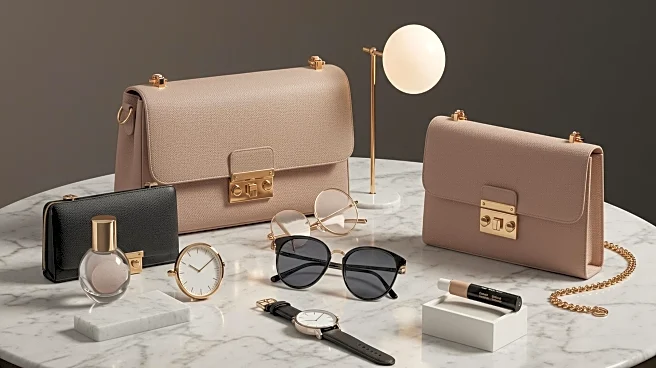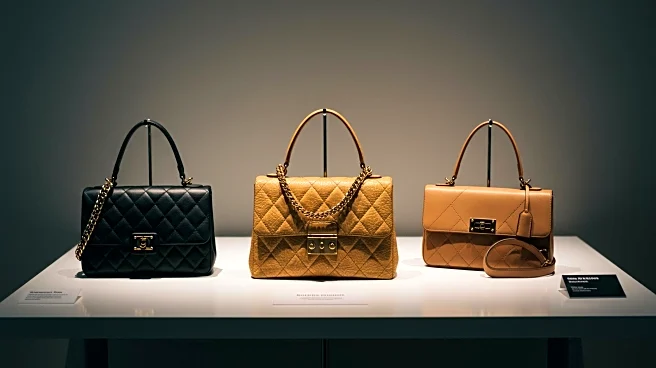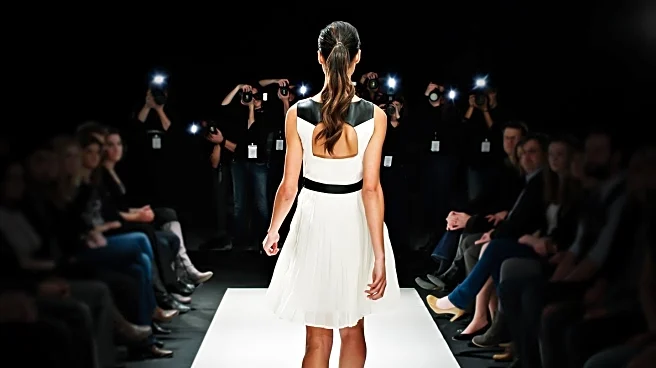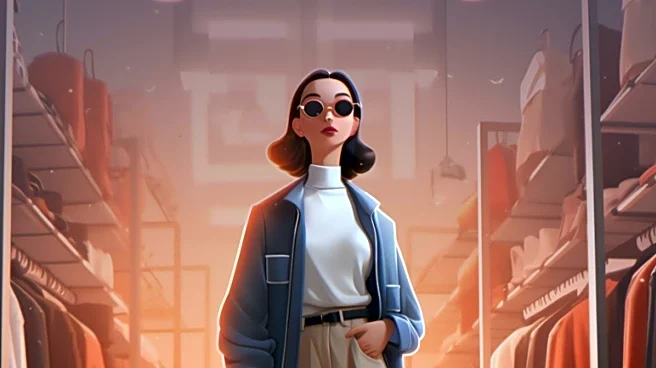What's Happening?
Vogue Singapore has unveiled the fall/winter 2025 shoe trends, showcasing a mix of classic and innovative styles. The collection includes fashion trainers from Miuccia Prada, featuring leather trainers with distressed details, and retro silhouettes from Miu Miu with stitched accents and buckles. The trend emphasizes comfort-driven designs, with lace-ups from Victoria Beckham, Rabanne, and McQueen offering polished looks. For those preferring heels, Saint Laurent, Dries Van Noten, and Tom Ford present knife-edged styles and satin pumps. Vogue highlights these standout trends as they become available in retail stores.
Why It's Important?
The fall/winter 2025 shoe trends reflect a shift towards comfort and practicality in fashion, aligning with consumer preferences for versatile and stylish footwear. This trend impacts the fashion industry by influencing design choices and retail strategies, as brands cater to the demand for both aesthetic appeal and functionality. The emphasis on classic styles suggests a move towards sustainable fashion, encouraging consumers to invest in timeless pieces. This development benefits both designers and retailers by driving sales and enhancing brand loyalty through quality offerings.
What's Next?
As these shoe trends hit retail stores, consumers can expect a wider availability of these styles, potentially influencing purchasing decisions and fashion choices for the upcoming season. Retailers may adjust their marketing strategies to highlight the blend of comfort and style, appealing to a broad audience. Designers might continue to innovate within this framework, exploring new materials and techniques to enhance the appeal of classic footwear. The industry could see collaborations between brands to further capitalize on these trends.
Beyond the Headlines
The focus on classic and comfort-driven shoe styles may contribute to a broader cultural shift towards sustainable fashion practices. By prioritizing timeless designs, the industry encourages consumers to make more conscious purchasing decisions, reducing waste and promoting environmental responsibility. This trend could also influence other fashion segments, leading to a holistic approach to sustainability across the industry.
